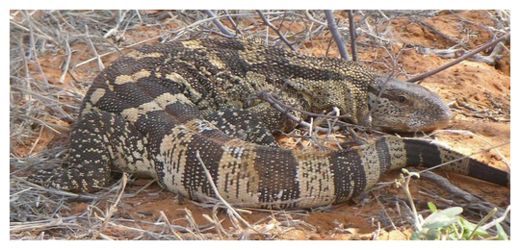
Authorities in Kashmir have launched a hunt for a 'large mysterious' lizard, which created panic in a village in the outskirts of the capital Lawaypora
People in Lawaypora locality are frightened for the past couple of days after an 'unusual lizard-like' creature appeared in the village. Nobody in the village knows exactly what the creature is.
Rumours were rife across the city that "a great African lizard" has appeared. Others talked about the giant carnivorous Komodo dragon walking through roads in the locality.
"Scared villagers informed us about a very big reptile, something which is unheard of in the valley," said Ghulam Mohiuddin, station house officer of the concerned police station. He said wildlife officials were informed on Friday and they had now set up a trap to nab the reptile.
"We have laid a snare at the mouth of a septic trench as the residents said the creature went inside it and had not appeared since then," said wildlife warden at the nearby Hokersar wetland, Abdul Rouf.


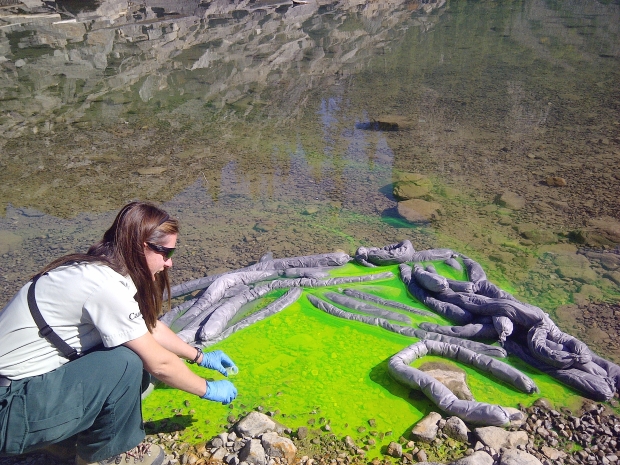
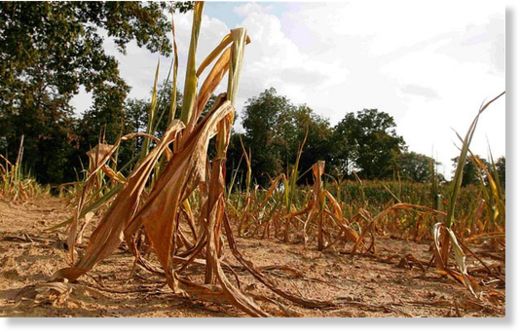
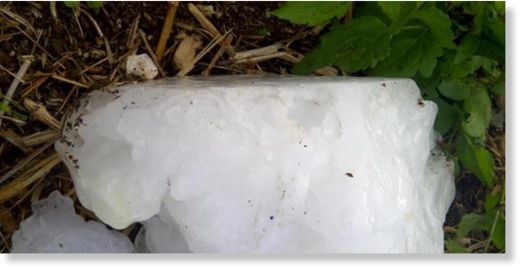

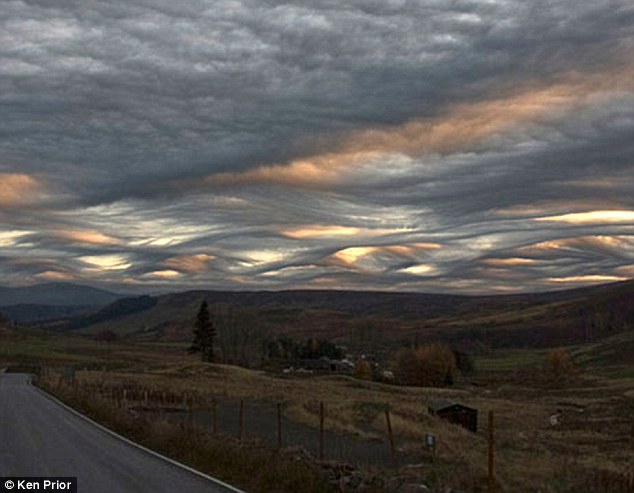
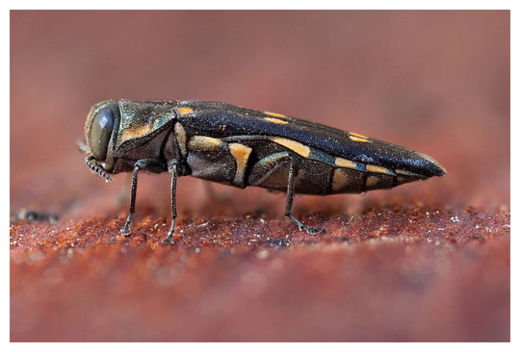



Comment: This seems to be more evidence of our changing atmosphere. For more information, please read:
Chemtrails, Disinformation and the Sixth Extinction
Reign of Fire: Meteorites, Wildfires, Planetary Chaos and the Sixth Extinction